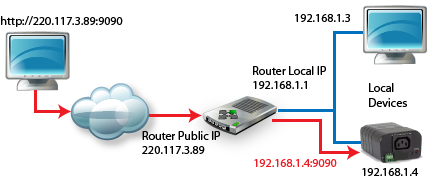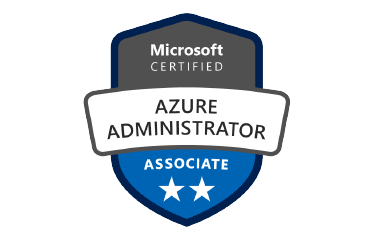A port forward is a way of making a computer on your home or business network accessible to computers on the internet, even though they are behind a router. It is commonly used in gaming, security camera setup, voice over IP, and downloading files. After you have forwarded a port you are said to have an open port.
How Does Router forward port
Take an example if your public IP address is like a street address, think of the internal IP addresses like apartment numbers for that street address.
Network Address Translation (NAT) works at the router level and directs the flow of network traffic through the router so that a single public IP address can be shared among all the devices behind the router. Because of the NAT, everyone in your household can request web sites and other internet content simultaneously and it will all be delivered to the right device.
Ports are very useful from the early days of network computing. For example, when you fetch a web page it uses port 80. The receiving computer’s software knows that port 80 is used for serving http documents, so it listens there and responds accordingly. If you send an http request over a different port 143—the webserver won’t recognize.
Other ports don’t have pre-assigned uses, and you can use them for whatever you want. To avoid interfering with other standard remaining applications, it’s best to use larger numbers for these alternate configurations.










































